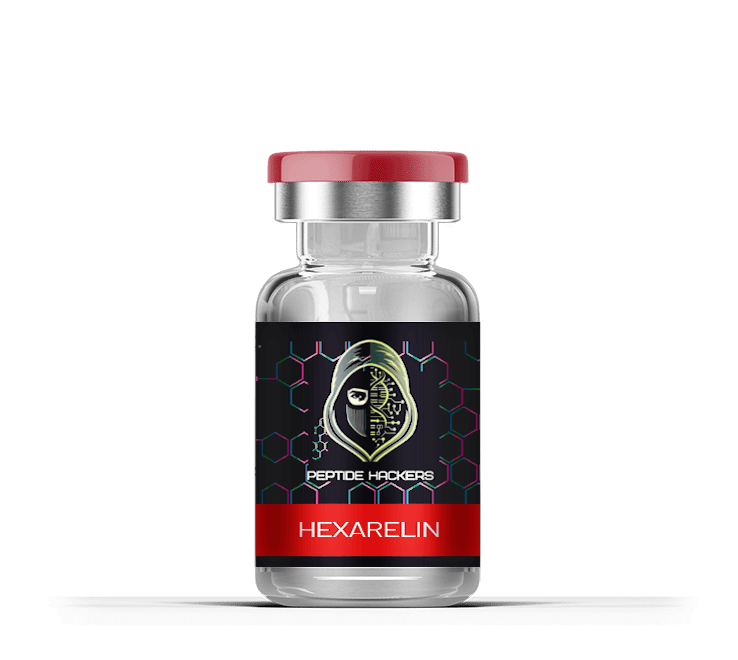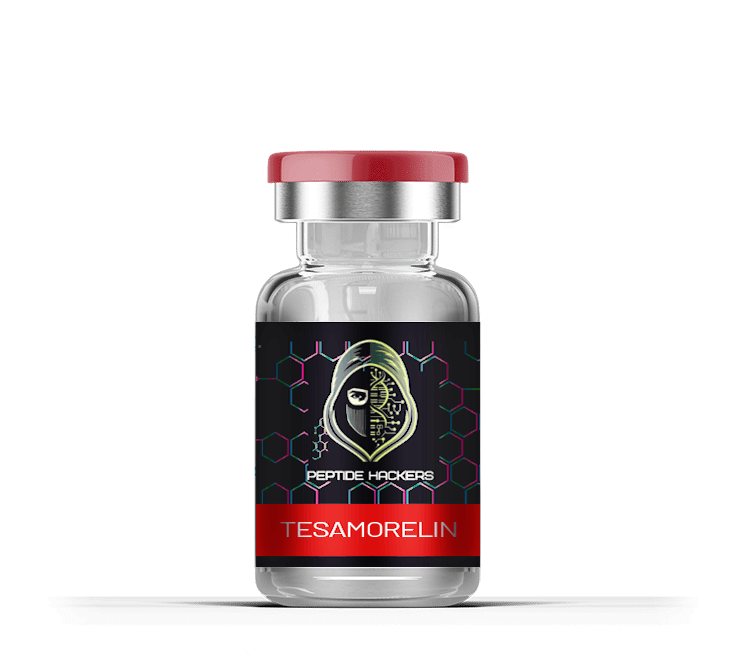Oxytocin peptide: The Love Hormone - Discover Its Benefits
Shipping: We offer reliable shipping options both domestically and internationally. All orders are processed within 1-2 business days. Shipping times vary depending on your location, and you will receive a tracking number once your order has shipped. Please note that international customers are responsible for ensuring that peptide products comply with their country’s import regulations.
Returns: Due to the specialized nature of our products, we do not accept returns or exchanges. If you receive a damaged or incorrect item, please contact our customer support team within 7 days of delivery. We will work to resolve the issue as quickly as possible, either by sending a replacement or providing a refund if applicable. For additional questions about shipping or returns, please reach out to our support team.
CRITICAL RESEARCH DISCLAIMER
FOR LABORATORY RESEARCH USE ONLY. NOT FOR HUMAN CONSUMPTION. NOT FOR VETERINARY USE.
All information on this page is for educational and laboratory research purposes only. This content discusses published research data and does NOT constitute medical advice or recommendations for human use. We are not licensed medical professionals.
DSIP is a research peptide NOT approved for human use.
DSIP Research Peptide: Published Data Review

Delta Sleep Inducing Peptide (DSIP) is a research compound first identified in 1974 in laboratory studies. Research examines this peptide in experimental settings for various cellular mechanisms.
FOR LABORATORY RESEARCH USE ONLY. NOT FOR HUMAN CONSUMPTION.
Published Research Findings
- DSIP is a research peptide studied in laboratory settings since 1974
- Research examines various cellular mechanisms in experimental models
- Laboratory protocols documented in published studies
- Research examines neuromodulatory pathways in animal models
- Available in research grade form for qualified laboratory facilities
All information is for educational and research purposes only. NOT FOR HUMAN USE.
What Is DSIP Research Compound?

Research on DSIP examines various cellular mechanisms in laboratory settings. Studies document observations in experimental models including normal subjects and laboratory models. Research examines various parameters in controlled settings.
Research observations only. For educational purposes. NOT FOR HUMAN USE.
History of DSIP Research
Scientists identified DSIP in 1974 through laboratory extraction studies. Research examines this compound in experimental settings for various cellular mechanisms. Studies document observations in laboratory models.
Research history only. For educational purposes.
Research Mechanisms in Laboratory Studies

Laboratory research examines various mechanisms in experimental models:
- Studies examine cellular permeability in research models
- Research documents hormone markers in laboratory settings
- Studies examine neurotransmitter systems in experimental models
- Research documents cellular phases in laboratory settings
- Studies examine various markers in research models
Research mechanisms only. NOT FOR HUMAN USE.
Published Research Observations
Cellular Research Observations
- Studies documented various cellular markers in laboratory models
- Research examined tissue parameters in experimental settings
- Laboratory studies documented cellular observations
Animal research only. NOT FOR HUMAN USE.
Stress Research Observations
- Research examined markers in laboratory models
- Studies documented responses in experimental settings
- Laboratory research examined hormone markers
Laboratory research only.
Pain Research Observations
- Studies examined markers in animal models
- Research documented cellular observations
- Laboratory studies examined various parameters
Animal research only.
Hormonal Research
- Research examined cellular markers in laboratory models
- Studies documented observations in experimental settings
Research observations only.
All observations are from laboratory research. NOT FOR HUMAN USE.
Laboratory Research Protocols

Published research examined various protocol parameters in laboratory settings. These are research observations in experimental models only.
Research protocols only. FOR LABORATORY USE. NOT FOR HUMAN USE.
Research Compound Comparisons

| Research Feature | DSIP Research | Melatonin Research | GABA Research |
|---|---|---|---|
| Cellular Research | Studied in laboratory models | Examined in research settings | Investigated in experimental models |
| Circadian Research | Documented in studies | Examined in research | Limited research |
| Stress Research | Studied in laboratory models | Limited research | Examined in studies |
Comparative research data only. For educational purposes.
Research Storage Requirements
- Reconstitution: Laboratory bacteriostatic water for research use
- Unmixed Storage: -20°C in research facilities
- Mixed Storage: 2–8°C in laboratory settings, use within research protocols
- Laboratory handling protocols: Avoid light, heat, repeated freeze-thaw cycles
Research storage protocols only. FOR LABORATORY USE.
Research Grade DSIP Specifications
- 99% Pure research grade, laboratory verified
- Manufactured in research facilities
- Third party analysis for research verification
- Available for qualified laboratory research only
- Compliance required for licensed laboratory research
Research product only. FOR LABORATORY USE. NOT FOR HUMAN CONSUMPTION.
Research FAQs

No. DSIP is a research peptide NOT approved for human use. This compound is available ONLY for laboratory research by qualified professionals. Unauthorized use leads to safety risks and legal consequences.
FOR LABORATORY RESEARCH ONLY. NOT FOR HUMAN USE.
Published research examines DSIP in laboratory animal models only. Studies document various cellular markers in controlled experimental settings. These observations cannot be applied to humans.
Animal research only. NOT FOR HUMAN APPLICATION.
No. This is a research compound NOT approved for treating any condition. Available ONLY for laboratory research purposes by qualified researchers.
FOR RESEARCH PURPOSES ONLY. NOT FOR HUMAN USE.
DSIP may be obtained by qualified laboratories for research purposes only. NOT for human consumption, supplements, medicine, or cosmetics. Check all applicable regulations before purchasing.
FOR LABORATORY RESEARCH ONLY.
All FAQs are for educational and research purposes only. NOT medical advice. NOT FOR HUMAN USE.
⚠ FINAL CRITICAL DISCLAIMER
The information provided in this article is intended for educational and research purposes only.
FOR LABORATORY RESEARCH USE ONLY. NOT FOR HUMAN CONSUMPTION. NOT FOR VETERINARY USE.
Delta Sleep Inducing Peptide (DSIP) is a research chemical NOT approved by FDA or any regulatory body for human or veterinary use, diagnosis, treatment, or prevention of any disease.
This content is NOT medical advice and should NOT be interpreted as recommendation or endorsement for personal use or clinical application of DSIP. All descriptions are based on preclinical data, animal studies, and limited exploratory research.
DSIP is strictly for laboratory research by qualified professionals in authorized institutions. Any off-label use or self-administration may result in serious health risks, legal consequences, and ethical violations.
We do NOT promote, condone, or support misuse of research compounds. Buyers and users are solely responsible for complying with local laws and regulations governing purchase, possession, and use of research chemicals.
NOT FDA APPROVED. NOT FOR HUMAN USE. FOR RESEARCH PURPOSES ONLY.
Scientific References
Published DSIP Research Articles
- Graf, A., & Schoenenberger, C. (1987). Delta sleep inducing peptide research. Journal of Neurochemistry, 48(5), 1680–1686.
- Schoenenberger, C., & Monnier, J. (1977). Characterization research. Proceedings of the National Academy of Sciences, 74(3), 1282–1286.
- Schneider-Helmert, D. (1987). Laboratory research observations. European Neurology, 27(2), 126–130.
All references are from published research literature for educational purposes only.
Our Story, Our Promise
At PeptideHackers, we’re committed to advancing research by providing high-quality peptides for scientific and research purposes. We ensure the highest standards and transparency in every product, supporting your research with science-backed solutions. Welcome to PeptideHackers.
Frequently Asked Questions
-
Due to the sensitive nature of our research products, we do not accept returns or exchanges. However, if you receive a damaged or incorrect item, please contact our customer support team within 7 days of receiving your order, and we will work to resolve the issue.
-
Research peptides are short chains of amino acids designed for laboratory and scientific research purposes only. They are not intended for human or animal use.
-
Peptides should be stored in a cool, dry place. For long-term storage, refrigerate at 4°C, and for even longer preservation, freezing at -20°C is recommended.
-
Yes, we provide a Certificate of Analysis (COA) for every batch of peptides, detailing the purity and composition to ensure research quality.











